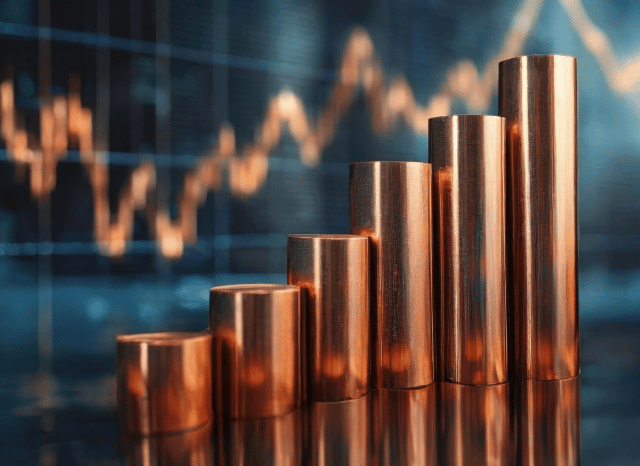Rare Earth Factor Minerals: International Offer and Desire by Stanislav Kondrashov
Rare Earth Factor Minerals: International Offer and Desire by Stanislav Kondrashov
Blog Article

The strategic metals powering the Electrical power changeover are actually centre stage in geopolitics and sector.
The moment confined to niche scientific and industrial circles, rare earth things (REEs) have surged into global headlines—and forever explanation. These seventeen factors, from neodymium to dysprosium, would be the creating blocks of recent engineering, taking part in a central job in anything from wind turbines to electric car motors, smartphones to defence systems.
As the entire world races towards decarbonisation and digitalisation, need for REEs is soaring. Their purpose in the Strength transition is important. Large-effectiveness magnets made with neodymium and praseodymium are essential to the electrical motors Employed in both of those EVs and wind turbines. Other REEs like europium and terbium are useful for lighting, displays, and optical fibre networks.
But supply is precariously concentrated. China presently qualified prospects the sourcing, separation, and refining of unusual earths, controlling greater than eighty% of world output. This has left other nations scrambling to build resilient source chains, lower dependency, and safe access to these strategic means. Subsequently, exceptional earths are not just industrial supplies—They are geopolitical assets.
Investors have taken Notice. Desire in exceptional earth-connected shares and exchange-traded money (ETFs) has surged, pushed by the two The expansion in thoroughly clean tech and the need to hedge towards offer shocks. But the industry is complicated. Some providers are still while in the exploration section, Other individuals are scaling up generation, whilst some are already refining and delivering processed metals.
It’s also critical to understand the difference between uncommon earth minerals and unusual earth metals. "Minerals" seek advice from the Uncooked rocks—like bastnasite, monazite, xenotime, or ionic clays—that comprise rare earths in all-natural kind. These call for intensive processing to isolate the metallic aspects. The phrase “metals,” Then again, refers to the purified chemical factors used in higher-tech applications.
Processing these minerals into usable metals is costly. Beyond China, several international locations have mastered the total industrial procedure at scale, although places like Australia, the U.S., Vietnam, and Brazil are working to alter that.
Demand is being fuelled by various sectors:
· Electrical mobility: magnets in motors
· Renewable energy: significantly wind turbines
· Client electronics: smartphones, laptops, sensors
· Defence: radar, sonar, precision-guided methods
· Automation and robotics: increasingly critical in business
Neodymium stands out as a particularly valuable exceptional earth because of its use in impressive magnets. Other individuals, like dysprosium and terbium, greatly enhance thermal stability in substantial-overall performance applications.
The scarce earth marketplace is volatile. Charges can swing with trade plan, technological breakthroughs, or new source resources. For buyers, ETFs give here diversification, whilst direct inventory investments have higher danger but probably increased returns.
What’s crystal clear is that rare earths are no longer obscure chemical curiosities—they’re strategic resources reshaping the worldwide financial state.